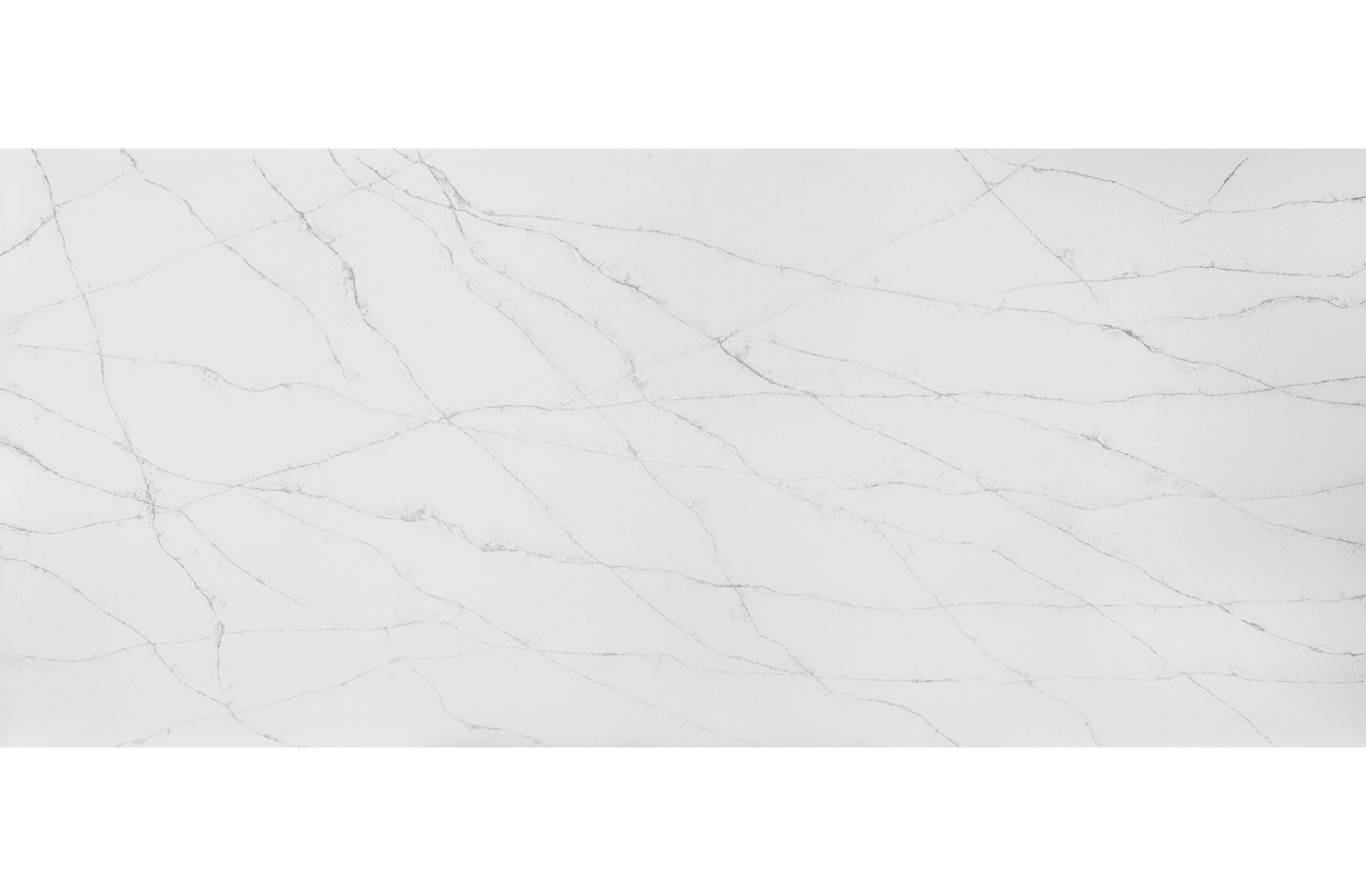Lapitec's Musa sintered stone collection offers a new take on veining, which runs the whole way through each slab - the veining can be seen on the surface and throughout the thickness of each slab, right to the heart of the material (full-bodied). Purity, versatility and durability in a single collection: a revolution that breaks down all barriers.
The Musa sintered stone collection is also available in book-matched.
